Problem: You want to sell things online
A seemingly simple problem like this has never had a more complicated solution.
On the one hand, you have a dedicated eCommerce platform like Shopify. On the other, you have the most popular solution (WooCommerce) on the most popular website platform (WordPress).
It’s Shopify versus WooCommerce as we determine what eCommerce solution will be the right fit for your needs and your skill set.
SHOPIFY VS WOOCOMMERCE

U.S. online retail sales will hit $1.07 trillion in 2022
By 2025, more than ten percent of all retail sales in the United States are expected to be generated via mobile commerce. This figure would represent a growth of almost seven percentage points since 2018. M-commerce accounted for nearly six percent of all retail sales in 2021.
FTI Consulting projects U.S. online retail sales will hit $1.07 trillion in 2022, an increase of 11.7% over 2021 and consistent with the pre-pandemic growth trajectory for the channel. Our 2022 forecast represents incremental online retail sales of $256 billion above our pre-pandemic forecast model.
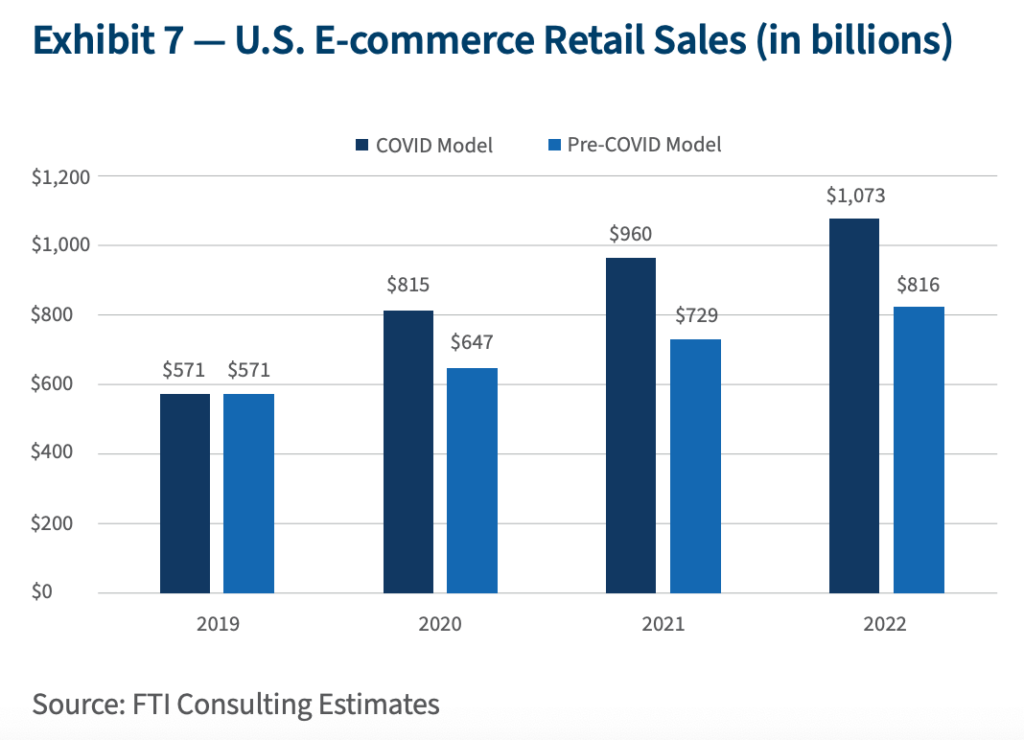 Image of a chart showing U.S. E-commerce Retail Sales.
Image of a chart showing U.S. E-commerce Retail Sales.
Using Shopify instead of WooCommerce
You are indeed reading this blog post on a WordPress-oriented blog. We sell WordPress themes for eCommerce and small business websites. Most of our expertise comes from WordPress solutions.
But this DOES NOT mean that we don’t understand the Shopify platform. We have used and tested the platform and understand its positives and negatives. We have also talked to multiple guests who excel with selling on the Shopify platform.
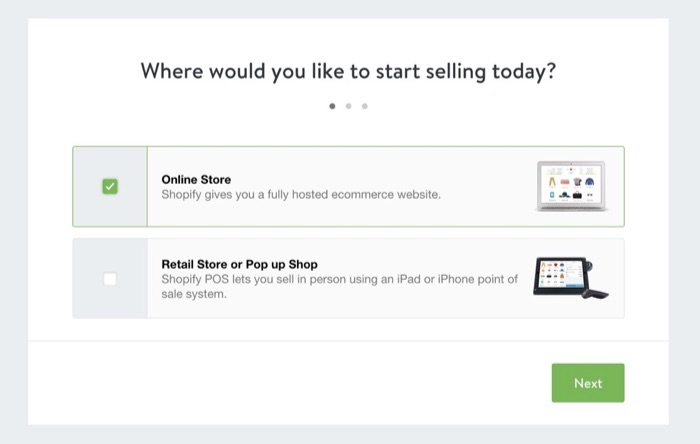
Positives of Shopify
Shopify is a much easier platform to swallow if you are brand new to the web. The website creation is easier and, much like other specific website tools, takes all of the guesswork out of setting up the initial website.
Shopify for the small business owner
As a small business owner, you can create an account from Shopify and be presented with the back end. From there, you can go to the dashboard and set up your hosting, domain, and all other website requirements through Shopify… for a nominal and recurring fee.
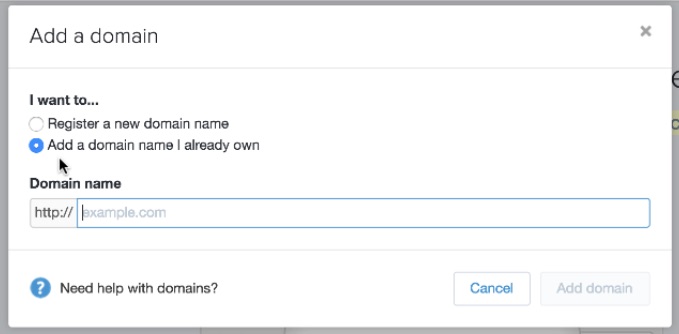
The backend interface very clearly borrows from WordPress, which I would argue is a positive element. Only in this case, since the focus is on eCommerce, all of the tabs on the left side of the screen are dedicated to eCommerce settings and tools that would be all included within the one WooCommerce tab on WordPress.
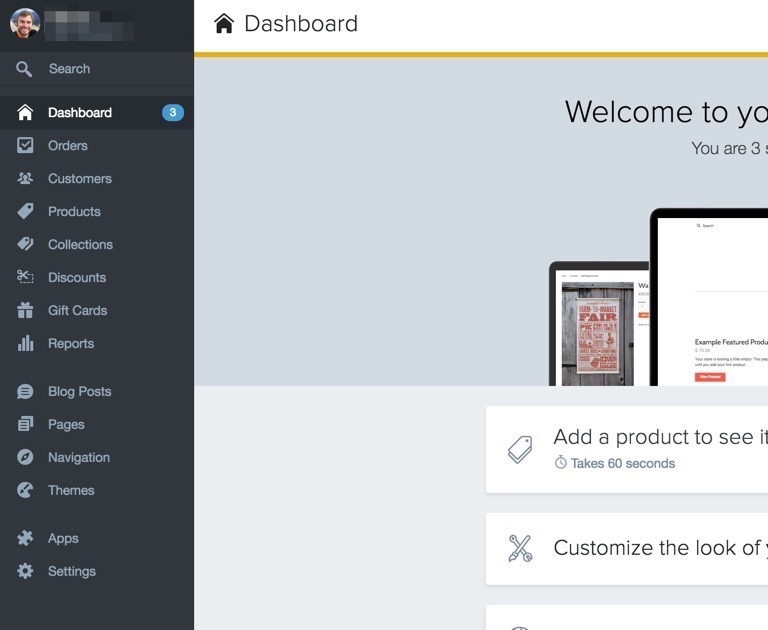
The quality of Shopify code
Typically, when looking at a WordPress plugin or theme that gives your site a more user-friendly application, it is known that this will come at the cost of page load. For example, a theme or plugin that allows you to drag and drop content on the page is easy to use, but it might take a few extra seconds for your site to load, which is not good for SEO.
People will leave in a huff.
While you might think that a solution like Shopify would be heavy on resources and deter people from using their product, the happy reality is that Shopify is a clean platform and loads quickly with the right Shopify code! WordPress can be optimized in a more user-controlled experience, but Shopify is not a bad choice if you want to take the work out of speeding up your website.
While their internal SEO features are nowhere near as robust as WordPress’s, you get some options for your products, like editing the meta description of your product.
Ease of creating products
As someone who spends a good deal of time creating products in WooCommerce, I am used to the flow of work required to set up a WooCommerce website. That being said, I can readily admit that WooCommerce does not have the easiest interface and loads of options.
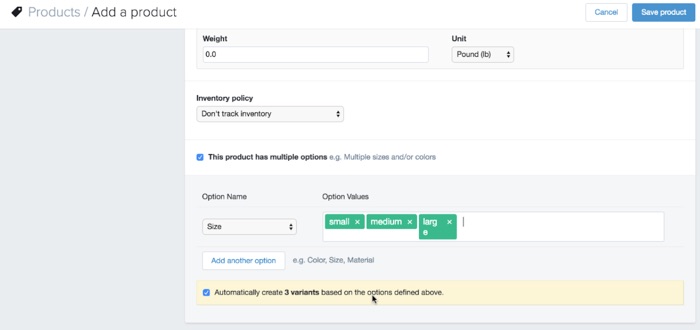
Shopify does a better job of getting a new user started by creating products. All product details are taken care of from one “Create Product” page, including variations (shirt size, shirt color, etc.).
Negatives of Shopify
As you can probably imagine, the negatives of Shopify are mostly related to price. The ease of use comes at a higher cost than that of WooCommerce.
The Price of Shopify
While you can customize the look of the default Shopify theme, it is not as customizable as WordPress and the WordPress customizer. There is also no free theme repository or options for themes on Shopify beyond their shop.
Shopify theme prices range from $140 to about 180. and come with a few preset styles per the theme. About nine are free at this time of writing.
Then there’s hosting; the monthly hosting costs “basic” start at $29 per month, the middle plan $79, and the advanced at $299. depending on your needs as a retail location. Again, if you prefer to remove the technical details of setting up an online store, you might be happy to pay this monthly cost to keep your website.
But if you are okay with learning how to purchase your domain, hosting service, and SSL certificate, you can save a lot of money per month and year by sticking with the WordPress platform, and WooCommerce — base WooCommerce and WordPress do not cost a cent to download or maintain.
Controlled experience
Shopify is the Apple to WooCommerce’s Windows
While you get a more streamlined experience with Shopify, you also have to pay more out of pocket to maintain that experience. Additionally, adding crazier tech or addressing special needs will be more difficult and costly on Shopify.
WooCommerce will be the cheaper option with more potential for error, but the sky is the limit with what you can do with the product, and it still runs smoothly when it is operational.
WooCommerce instead of Shopify
Shopify is an easy-to-use platform focused on selling products. Why would we ever use WordPress and WooCommerce for eCommerce?
Positives of WooCommerce
WooCommerce is free. WordPress is free.
 Screenshot Magnehealth Jewelry
Screenshot Magnehealth Jewelry
Sure, there are extensions you can purchase (how else would WooCommerce be consistently updated and supported?). But out of the box, WooCommerce is a robust platform that can be downloaded for free. Since WordPress is an open-source download, it is ALSO free.
Finding a beautiful theme is also free to start. There are lots of beautiful WordPress themes (some free, some affordable) that can be downloaded, giving you more options over Shopify to make a site your own at a more affordable price.
You will still need to set up your website on a server, but once you are finished, you potentially have a website, and all you have to do is pay for hosting and SSL.
Control the experience with plugins
Sometimes you might have custom tech in mind to sell your product. Perhaps you must ship to certain countries with certain criteria or want to collect certain information from users and move them to other places.
The ideas you might have are endless. Thankfully, WooCommerce has a good deal of “Extensions” that you can use to optimize and tailor your experience to WordPress’s many other solutions. Check out the link above to see some cool integrations you can get with the WooCommerce product.
Better SEO with WooCommerce
With free plugins like WordPress SEO by Yoast, you have an environment where you can optimize the text of your pages to get exposure on Google search results pages. These tools help guide the process of creating compelling content for people and search engines.
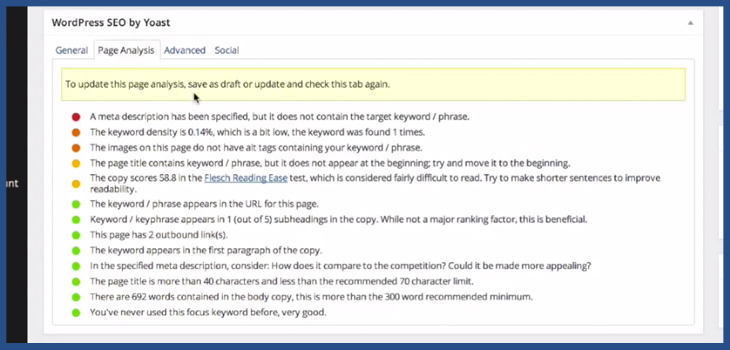
Additionally, the build of WordPress is better suited for content and exposure on Google than a service like Shopify (though Shopify is again no slouch).
Content marketing platform
Really where WooCommerce and WordPress are going to excel is going to be with exposure in untapped markets. If you are selling a product locally and need a landing place to sell your products, having your presence online might be enough to gain local sales.
But what if you want to sell to a market that doesn’t know your offering exists? Well, you do that with blogging and being the online authority on the subject. You do it with keywords.

This is where the experience of having a fully charged blog platform in WordPress will give you a major advantage over Shopify and the rest of the competition.
Negatives of WooCommerce
The number one headache in using WooCommerce is the reason this article exists. If WordPress provided a solid platform to easily set up a website in a few quick clicks, you would have a free and simple solution to setting up a website with a solid free eCommerce platform. The reality is you need to understand how to setup:
- Domain
- Server space for hosting
- SSL certificates
…. or hire someone to do this to get the initial WordPress install operational. This may be too much of a hassle for some business owners, which is why solutions like Shopify exist.
More difficult product creation
Additionally, WooCommerce can be difficult to set up from the outset and not as easy an experience as Shopify.
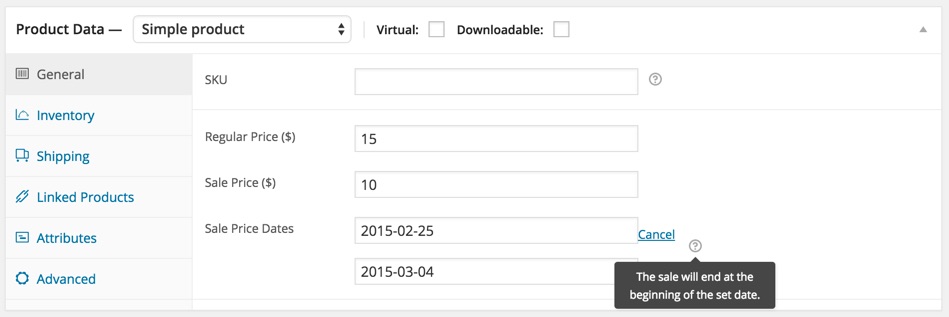
Thankfully, we have a resource that explains all it takes to set up WooCommerce initially and create products in the system. However, WooCommerce can be a bit more difficult to set up without resources like these.

Like this blog post?
Are you interested in maximizing your online growth? We can help with Web Strategy, Web Design & Development, SEO, and content writing. Talk to Us! Call: (857)400-8959
Shopify vs WooCommerce
The verdict?
If you are a small business owner with extra disposable income and/or less time to devote to creating a website, it might be better to go with Shopify. Additionally, Shopify might be the better option for local businesses not looking to expand their services beyond their surrounding market.
But if you need a custom integration to get your business to work and are on a smaller budget, you will want to look at WooCommerce and WordPress as your chosen option. For gaining notoriety among people looking for your solution, the SEO options cannot be beaten by the WordPress and WooCommerce tools.
If you have any questions, please leave them in the comments below.
We hope that you enjoy our content. If you decide to make a purchase after clicking on one of our affiliate links, we’ll earn a small commission at no extra cost to you. Thanks for reading! View our Affiliate Disclosure

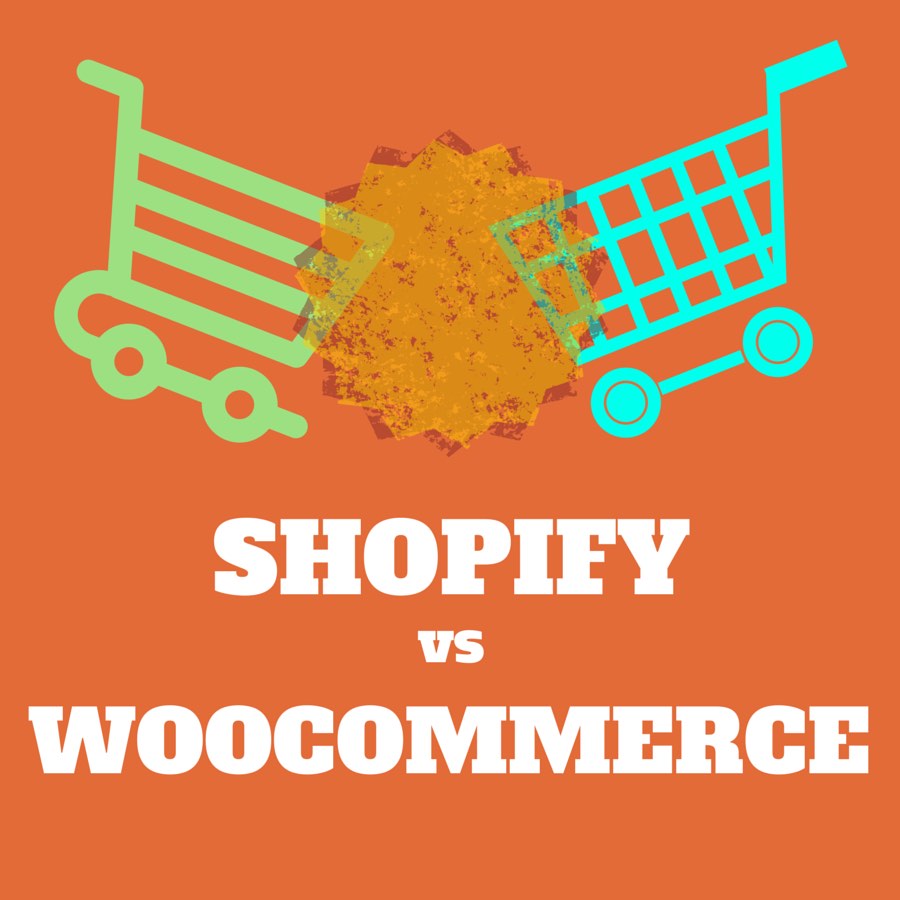
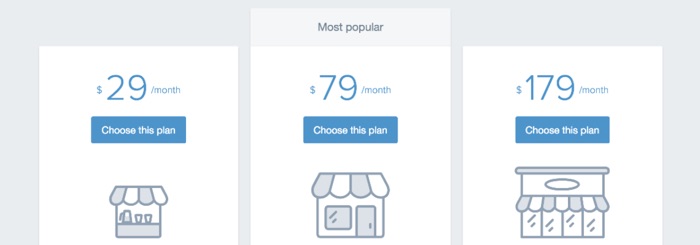
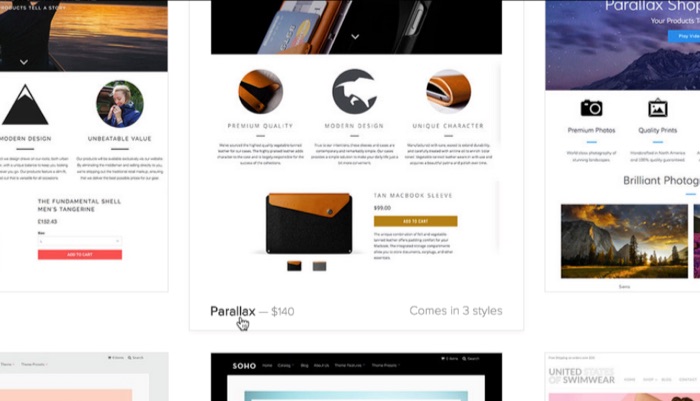
Nice write up. I was going to do a comparison post myself. There has been some talk about Shopify on a venue I sell on so I ran the trial to test and compare. I noticed how much it looked like WordPress!
Big downer for Shopify is the storage. Id have to start with the $79 plan with the content I already have and I just keep growing. Im photo heavy and will soon be product heavy. I have a huge stock photo library to add.
I also found I had to keep adding stuff I needed with apps that were not free, things already available for WordPress for free. I had to do tweaks just to have WordPress basics… I was up to about $150 per month! Thats a lot for a small business. I still feel its a lot even if I were bigger comparing WordPress! Ha ha.
WordPress is So robust and the themes made today are filled with so many bells, whistles, and extras you dont need to really customize any code, etc. WordPress themes have come a long way over the years. Ive been a user for 6+ years and design them part time.
First visit here I enjoyed your post and graphics! 🙂
Thanks Kelly! We definitely are biased towards WordPress since we can build those sites, but acknowledge how attractive the simplicity of Shopify is. Thanks for reading and commenting!
I found you by way of a google search; it’s amazing, at this point in time, that we still don’t have a perfect solution that meets web standards, has a simple CMS and marketing/shop management tools, and is affordable for small businesses. Other important considerations are page load speed, mobile-friendly, and security – if BIG retail giants are getting hacked and customer data exposed, what is a small retailer to do to protect the customer and self? Also, how does the cost of a custom WP site compare to a Shopify? I’ve also looked at sites like Indiemade too. I appreciate the information you provided, but I still find it so hard to compare the options and make a final determination. Thanks for your article.
Hi Ally, hate to toot our own horn, but a base eCommerce site with WooCommerce can get built for you with good page load speed for under $1,000: https://slocumthemes.com/hassle-free-wordpress-setup/
While the cost is higher upfront, there are no recurring fees other than a simple hosting fee and that’s it. Let me know if you have more questions! I would love to help!
One more question … you make the comment, “Shopify is the Apple to WooCommerce’s Windows” … how do you define that? To me, Apple (and Adobe products) is a far superior product than anything Windows. In my work Apple is the gold standard. Does your comment mean the same, or as a tech guy, do you hold the opposite opinion?
Thanks for clarifying!
Hi Ally, the comparison is definitely more tech and user oriented. As someone who used Windows for years before making the jump to Apple, I can readily admit that I have more options for far less money on Windows, but the interface stinks and things can be convoluted. Apple provides a more visual and user-friendly option at greater cost and with less expandability.
I really appreciate this comparison Dan! I’ve been struggling to make a decision between these two for a while and this post totally helped me. I figured now coming from Wix it doesn’t make sense to go to Shopify when the reason I want to leave Wix is their lack of customization. Going with WordPress 🙂
Hi Marta!
Glad that you liked the comparison and that it helped you on your path. You won’t go back!
Another downside to WordPress/Woo is that if one wants to add say a subscription plugin, that can easily cost $200. PER YEAR. With a couple of those, your monthly spend gets up there pretty quickly. I love WordPress but some of those Woo addons are not cheap! I
I am not overly familiar with what plugins are or are not available on Shopify, so it is a case where one pays for flexibility. Often worth it, but clients need to know about possible scope/cost creep up front.